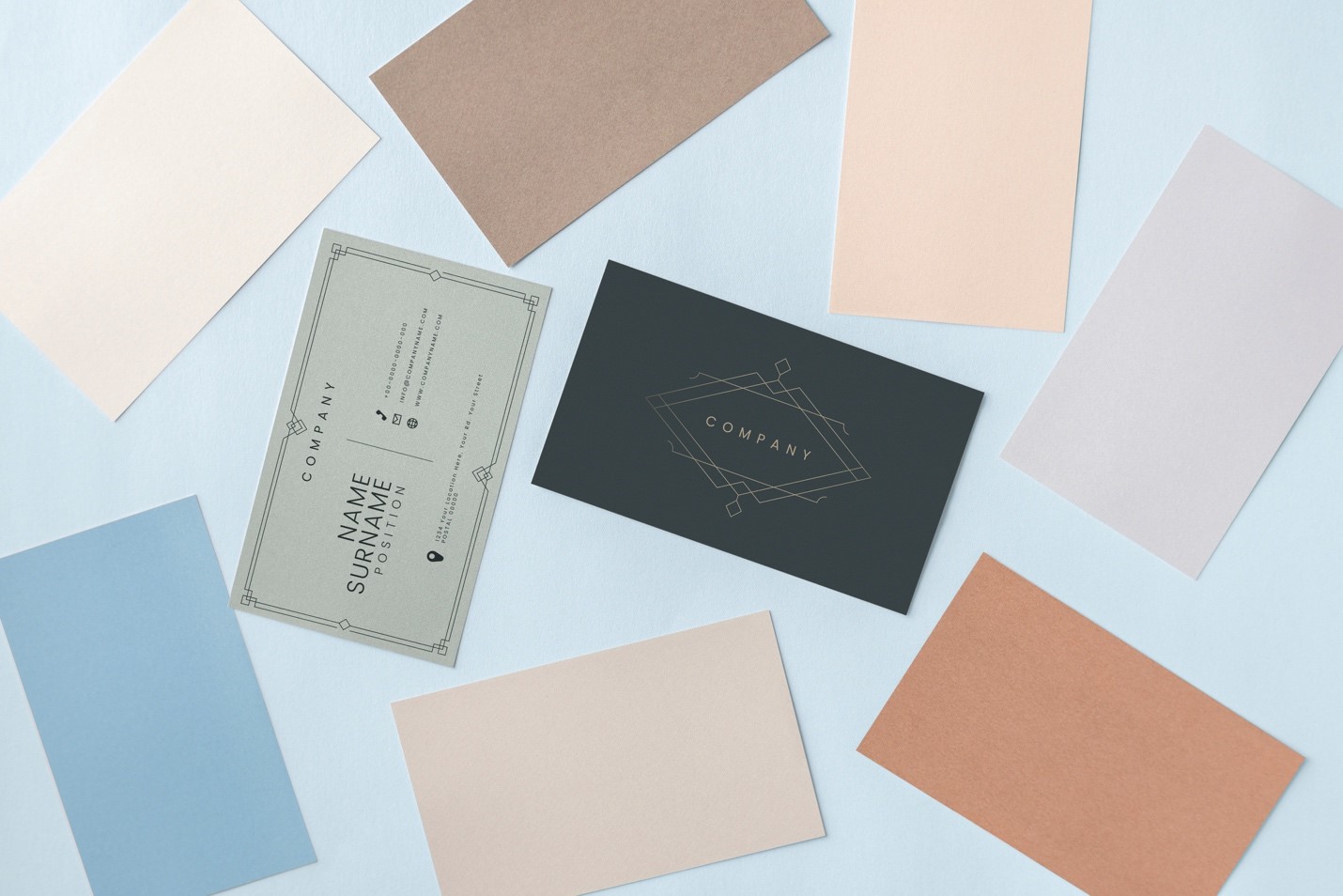The History of the Business Card
The business card is a subtle yet essential piece of professionalism. The simple piece of cardstock, customized by a top-quality printing service, is used to share information, open a new door, or foster a current connection. While it’s often slipped in the back of a wallet or dropped in a briefcase, a beautifully designed business card can act as an understated advertisement, communicating your company’s branding, style, and expertise. Here we share with you the history of this familiar and essential item.
Lofty Origins in 17th Century Europe
The business card was originally used in 17th century Europe to announce the arrival of aristocracy. Small, thick paper about the size of a common playing card was embossed with ornate calligraphy and brushed with gold. These announcements were passed door to door to forewarn residents in town of the impending arrival of lords, ladies, or upper-middle class citizens. Over time, these announcement cards became a sign of wealth and status. One was not considered a member of high society without them.
First Impressions in the 19th Century
Eventually, these cards became a means of announcing a guest’s arrival to any private residence. The visitor’s card would be placed on a tray and taken to the lady of the home. Guests could make a positive first impression with beautifully designed social cards, which were often folded or marked to indicate whether the visitor was stopping by for a condolence or a congratulatory call.
The Business Card for All
As the Industrial Revolution took hold, polite society and formal culture throughout the modern world began to wane. In the UK, social cards made their way into working class hands and were exchanged after a project was complete so each party could locate the other should there be a lingering need. The upper class, who formally used these cards as social announcements and calling cards, turned up their noses at the common use of the business card. Nevertheless, the business card stuck as a means of exchanging professional information.
Modern Business Cards
While much of the pomp and circumstance surrounding business cards have faded with time, certain rules remain. Etiquette dictates that cards should be kept in the best condition and handed out upon first meeting. Business cards should include the name of the holder, title, company, phone number, and company address at the minimum.
EON Office Supply provides superior products to businesses of all types. Our high-quality paper products and printing services make creating and ordering your personal business cards a breeze. Save time and schedule a regular office supply delivery to ensure your workplace never runs out of necessary products. Contact us today to learn more.
SHARE THIS POST
The History of the Business Card
The business card is a subtle yet essential piece of professionalism. The simple piece of cardstock, customized by a top-quality printing service, is used to share information, open a new door, or foster a current connection. While it’s often slipped in the back of a wallet or dropped in a briefcase, a beautifully designed business card can act as an understated advertisement, communicating your company’s branding, style, and expertise. Here we share with you the history of this familiar and essential item.
Lofty Origins in 17th Century Europe
The business card was originally used in 17th century Europe to announce the arrival of aristocracy. Small, thick paper about the size of a common playing card was embossed with ornate calligraphy and brushed with gold. These announcements were passed door to door to forewarn residents in town of the impending arrival of lords, ladies, or upper-middle class citizens. Over time, these announcement cards became a sign of wealth and status. One was not considered a member of high society without them.
First Impressions in the 19th Century
Eventually, these cards became a means of announcing a guest’s arrival to any private residence. The visitor’s card would be placed on a tray and taken to the lady of the home. Guests could make a positive first impression with beautifully designed social cards, which were often folded or marked to indicate whether the visitor was stopping by for a condolence or a congratulatory call.
The Business Card for All
As the Industrial Revolution took hold, polite society and formal culture throughout the modern world began to wane. In the UK, social cards made their way into working class hands and were exchanged after a project was complete so each party could locate the other should there be a lingering need. The upper class, who formally used these cards as social announcements and calling cards, turned up their noses at the common use of the business card. Nevertheless, the business card stuck as a means of exchanging professional information.
Modern Business Cards
While much of the pomp and circumstance surrounding business cards have faded with time, certain rules remain. Etiquette dictates that cards should be kept in the best condition and handed out upon first meeting. Business cards should include the name of the holder, title, company, phone number, and company address at the minimum.
EON Office Supply provides superior products to businesses of all types. Our high-quality paper products and printing services make creating and ordering your personal business cards a breeze. Save time and schedule a regular office supply delivery to ensure your workplace never runs out of necessary products. Contact us today to learn more.
